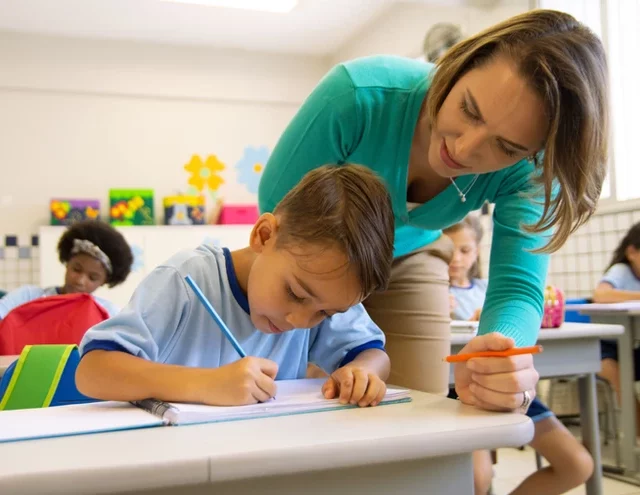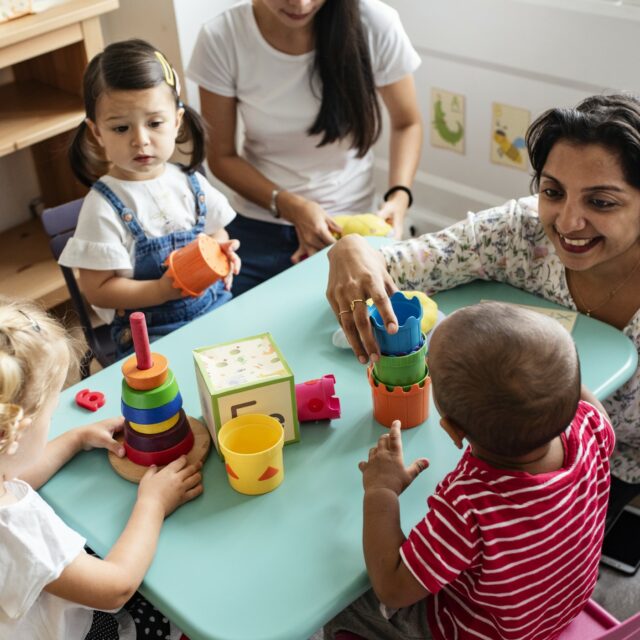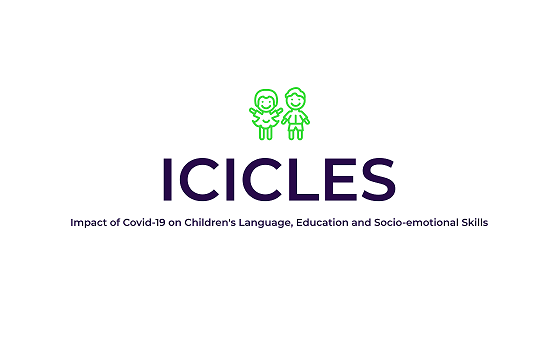The benefits of integration at school
The immigration debate continues to be dominated by arguments for and against freedom of movement, but what does immigration means for our schools and what are schools doing to promote integration? Our new research funded by the Paul Hamlyn Foundation on integration of new migrant students and their families, has collected evidence on what schools around England are doing to facilitate integration by creating a welcoming and inclusive environment and improving the performance of pupils.

The immigration debate continues to be dominated by arguments for and against freedom of movement, but what does immigration means for our schools and what are schools doing to promote integration? Our new research funded by the Paul Hamlyn Foundation on integration of new migrant students and their families, has collected evidence on what schools around England are doing to facilitate integration by creating a welcoming and inclusive environment and improving the performance of pupils.
Although anti-immigration sentiments are widespread, our case study schools showed a different picture and told us a different story. Teachers and school leaders were very positive about the contribution that new migrant pupils and their families make to the life of their schools. Pupils and staff benefit from exposure to different languages and cultures which they might not otherwise hear first-hand and our research found many ways in which being educated alongside migrants is a valuable experience for non-migrant British pupils. Buddy schemes mainly used in primary schools or young interpreter or young ambassadors programme are examples of ways in which a diverse intake can benefit all pupils. Pupils are trained to carry out buddying roles or to translate materials, enhancing their own skills. Extra-curricular activities, such as art or drama projects, film-making or storytelling workshops are used to involve migrant pupils in school life. These activities improved pupils’ language skills and confidence and, in turn, benefitted their schools through increased awareness of the past and current lives of new migrants settling in the UK. One project operating across the UK, the School of Sanctuary raises awareness among all pupils of the experiences of refugees and those seeking sanctuary, increasing pupils’ understanding of migration phenomena.
Given international differences in schooling and education all around Europe, some migrant parents are less familiar with some aspect of the education system such as expectations around attendance, homework, exams and progression. The work schools are doing to familiarise parents with school and life in the UK is rarely recognised. They also provide unique opportunities for parents and pupils from migrant and non-migrant backgrounds to have meaningful contact. The range of strategies adopted varies and depends of the context and the different challenges schools face. What emerges from our findings is that often schools are the first port of call for migrant families new to the country and they have to ensure that parents have wider information not only on how the British education system works but also on general matters such as access of health or welfare.
To facilitate communication with parents with limited English schools translate all informative material and use teachers or teaching assistants from migrant backgrounds as a bridge to overcome language and cultural barriers. Staff from a migrant background can successfully interpret families’ needs and requests, gaining trust and confidence. Some of our case study schools reported that the recruitment of Romani speaking teaching assistants was effective in facilitating communication and improving home-school relations. Similarly, to increase engagement of new migrant parents some schools employed parent ambassadors and this practice has been particularly successful with Roma families.
Other strategies to increase parental engagement and familiarise them with the UK education system include sessions of ‘stay and play’ and ‘bring your parent to school’. These types of activities encourage attendance of those parents less confident with English. Language classes are also offered to parents often tailored to deliver information on specific topics of interest such as career advice or heath. Recently the Guardian reported that Gypsy and Traveller families as well as other vulnerable group are turned away at the door of GP surgeries. This was confirmed by staff of some of the schools we visited. Helping families registering to GPs, dentists or translating letters is part of the day to day support schools are providing.
Our research includes the perspective not only of teachers but also of pupils and some parents. We found parents were very positive about the opportunities offered by schools to celebrate culture and language differences and welcomed the occasions of developing constructive partnerships through coffee morning and social events, such as international evenings. Some schools designed creative workshops for pupils and parents. Parents appreciated all these efforts, saying they felt less isolated and more involved in the wider life of the school.
Our on-going programme of work to integrate new migrants includes a roundtable event, funded through NIESR’s ESRC Impact Award, where schools can share experiences and good practice. We hope that our research will assist this process of endorsing the consistent message from schools that everyone benefits when schools make efforts to welcome and integrate new migrant pupils.














